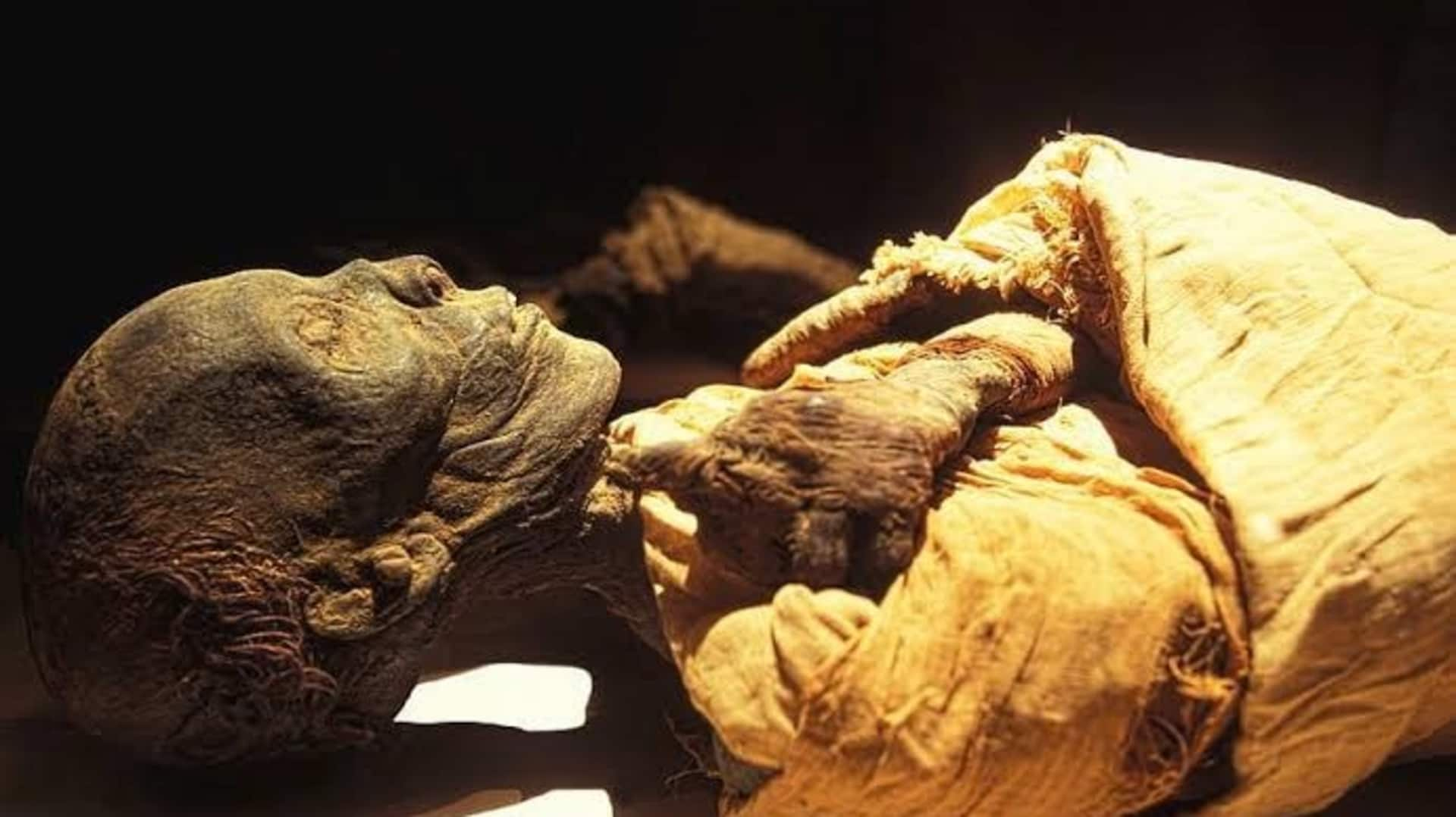
Egypt uncovers 1st royal tomb in over 100 years
What's the story
In a major discovery, archeologists have unearthed the tomb of Egyptian King Thutmose II, the first royal tomb to be discovered since King Tutankhamun's in 1922.
The tomb was discovered at Thebes, a World Heritage Site near Luxor, by a team of Egyptian and British scientists.
The entrance was discovered in 2022, and internal excavations have continued meticulously since then.
Occupant identification
Tomb's occupant confirmed as King Thutmose II
Previously, the remains of King Thutmose II were found in the 19th century at a different site. Experts believed they were moved due to looting.
Vessel fragments identifying Thutmose II as the "deceased king" were found inside the tomb, Dr. Mohamed Ismail Khaled announced, confirming its occupant.
His mummy is now on display at the National Museum of Egyptian Civilization.
Site condition
Tomb damage and future archeological plans
According to Mohamed Abdel Badie, Head of the Egyptian Antiquities Sector at the Supreme Council of Antiquities, the tomb was in poor state mostly due to exposure to floods immediately after Thutmose II's death.
Badie also said that initial research shows that many of the tomb's original contents were relocated following the ancient floods.
This discovery ends the search for lost tombs of kings from ancient Egypt's Eighteenth Dynasty, which lasted from around 1550 BC to 1292 BC.
Historical insights
Recent discoveries shed light on ancient Egypt
Along with the tomb discovery, hieroglyphic-inscribed carvings of important pharaohs were also discovered at the bottom of the Nile River last year.
King Thutmose II, the fourth Pharaoh of Egypt's 18th Dynasty, died before reaching the age of 30, according to historians.
He is typically considered less historically significant than his father, Thutmose I; his son, Thutmose III; and his half-sister and wife, Queen Hatshepsut, who is frequently considered the real power behind the throne.